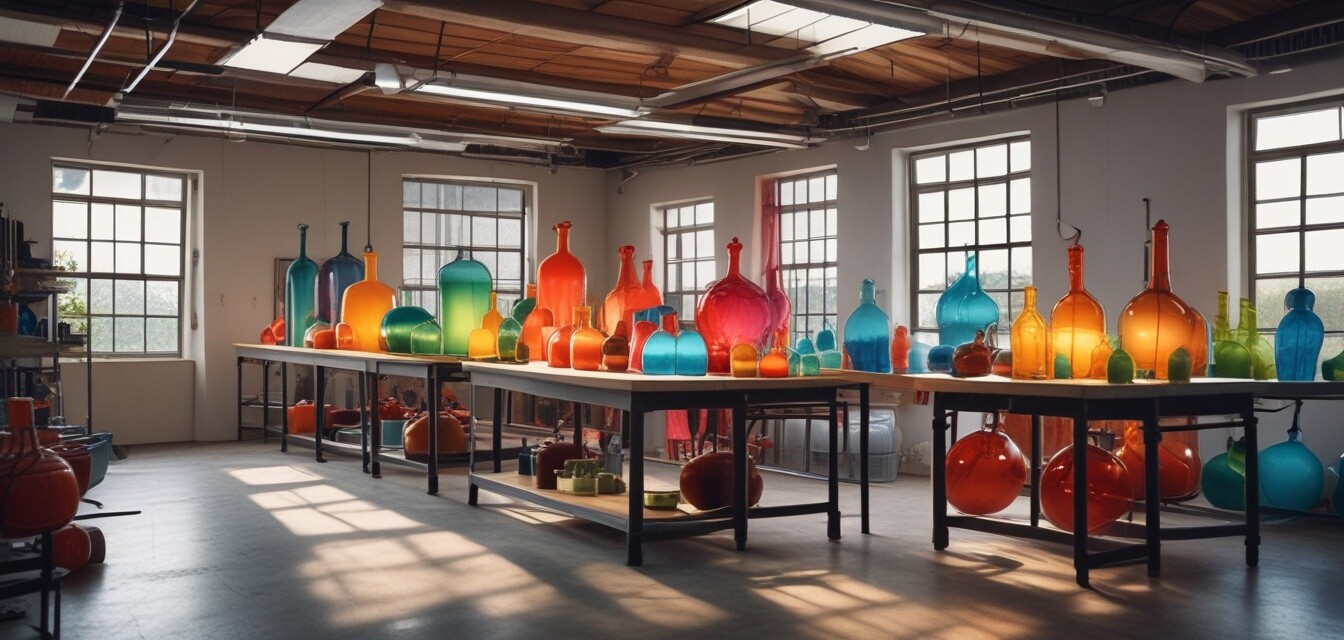
Expert Advice: Common Mistakes to Avoid with Glass Kilns
Key Takeaways
- Understand the importance of proper kiln placement.
- Be aware of the different glass types and their requirements.
- Always use the right temperature settings and firing schedules.
- Maintain your kiln regularly to ensure optimal performance.
- Keep safety practices in mind to protect yourself and your workspace.
Using a glass kiln can be an incredibly rewarding experience for artists looking to create beautiful glass pieces. However, many beginners and even seasoned glass artists make some common mistakes that can hinder their creativity and the quality of their work. In this article, we will delve into expert advice on what to avoid when working with glass kilns, ensuring you have better outcomes in your glass art projects.
Understanding Glass Kilns
Glass kilns are specialized ovens designed for heating glass to high temperatures, allowing it to melt, fuse, or shape it into desired forms. Depending on the project, the choice of kiln may vary, and understanding how to use them correctly is crucial for creating successful glass pieces.
Common mistakes to avoid with glass kilns
Let’s examine some frequent pitfalls artists encounter when working with glass kilns and how you can steer clear of them:
| Mistake | Description | How to Avoid |
|---|---|---|
| Poor kiln placement | Placing your kiln in an area with poor ventilation or close to flammable materials can pose safety risks. | Choose a well-ventilated area that’s away from flammable objects and has sufficient space for safe operation. |
| Incorrect glass selection | Using the wrong type of glass can affect the outcome of your project and lead to breakage. | Ensure you are familiar with compatible glass types and their specific firing requirements. |
| Wrong temperature settings | Heating glass at incorrect temperatures can lead to under- or over-fusing. | Always refer to glass manufacturers' guidelines for proper firing temperatures and schedules. |
| Neglecting kiln maintenance | Failing to regularly check and clean your kiln can lead to defects in your glasswork. | Perform routine inspections and cleaning of kiln elements and interior surfaces. |
| Ignoring safety protocols | Not following safety measures can lead to accidents or injuries during glassworking. | Educate yourself on kiln safety, wear appropriate protective gear, and follow safe practices throughout your creative process. |
Additional tips for successful glass crafting
Beginners Section
- Start with small projects to understand your kiln's behavior.
- Keep a detailed log of firing schedules to better understand your kiln's performance.
- Experiment with different glass types and techniques to broaden your skills.
- Utilize resources such as online tutorials and workshops to enhance your understanding.
- Join a local glass-making community for support and inspiration.
Conclusion
By avoiding these common mistakes and applying the provided tips, you can greatly enhance your glass crafting experience with kilns. Remember, practice makes perfect, and continuous learning is key in this artistic journey. Make sure to explore our categories, including glass kilns and glass kilns blog, for more information and resources tailored specifically for your glass-making needs.
Pros
- Increased creativity and satisfaction through quality results.
- Enhanced knowledge of materials and firing techniques.
- Safe and efficient workspace management.
Cons
- Initial learning curve may be steep for beginners.
- Regular maintenance is necessary for optimal performance.

